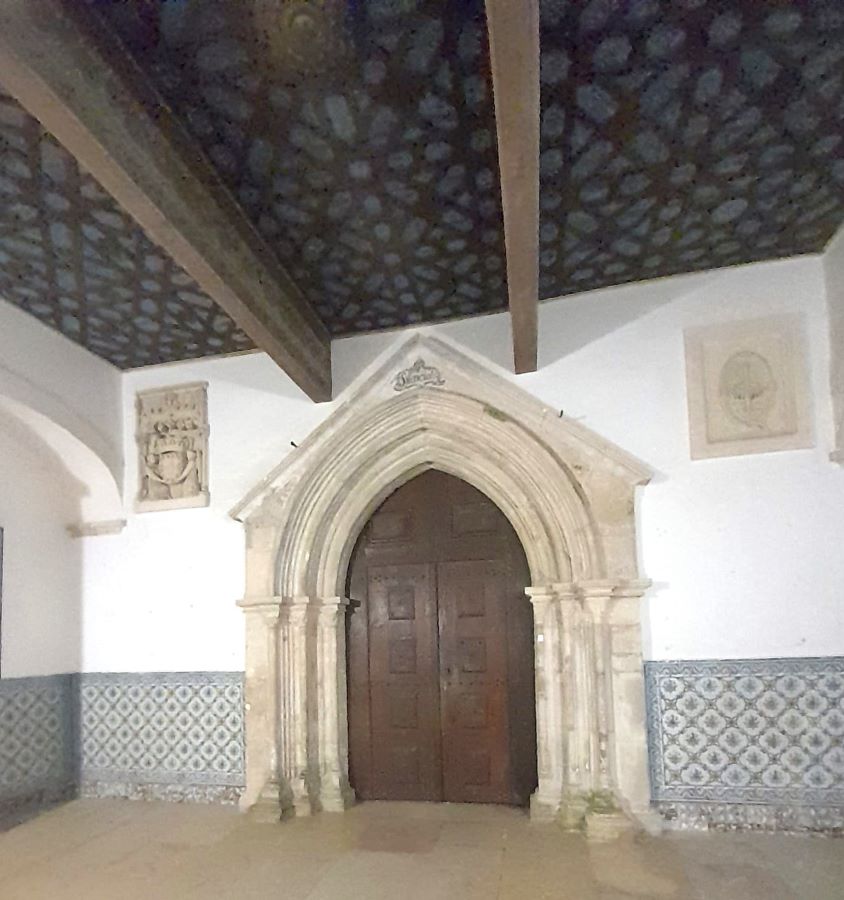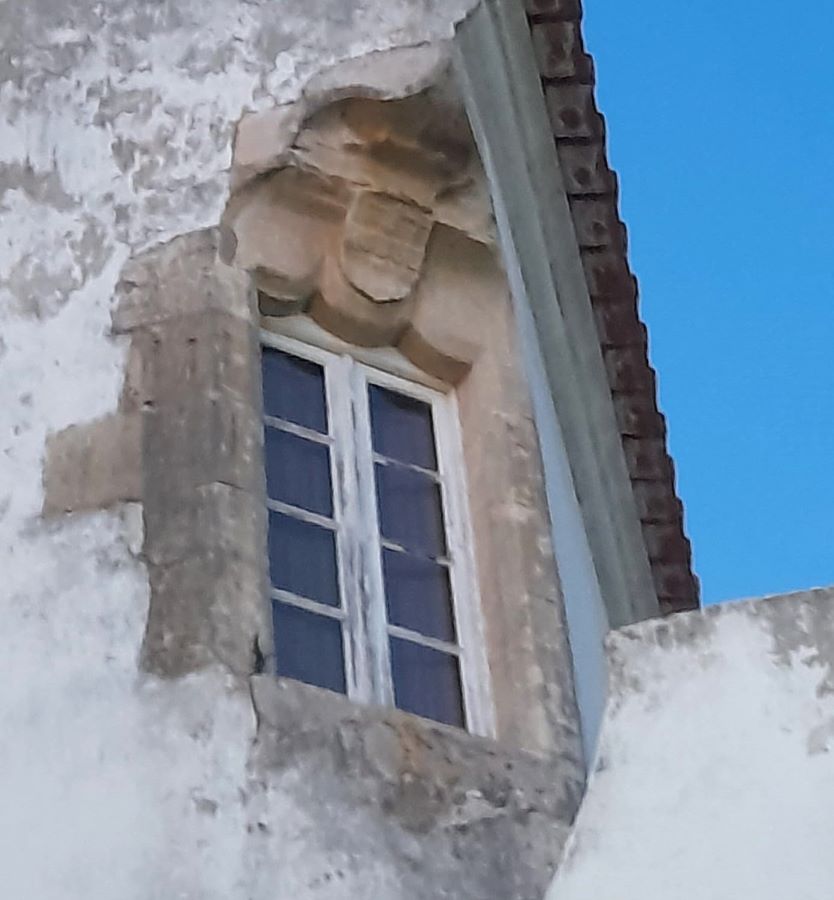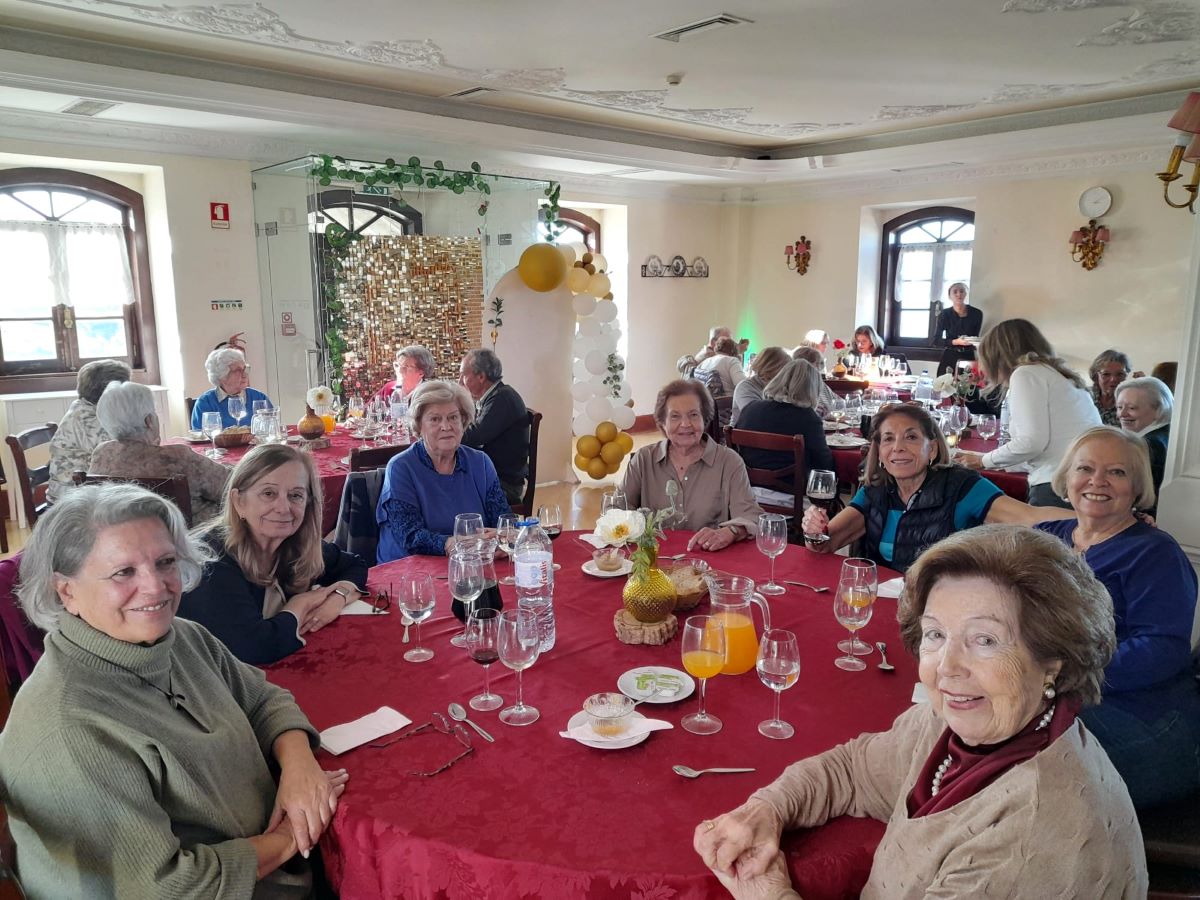We began our St Martin’s Day celebrations with a guided tour of the Royal Ice Factory, also known as the Snow Factory of the Serra de Montejunto. It is one of the rare examples of its kind in Europe and, at the time, one of the most advanced in terms of technology, classified as a Portuguese National Monument since 1997. The factory complex is divided into two distinct areas: one for ice production, consisting of two wells for collecting water, a house where the norias were operated and which served as a warehouse, a main tank for receiving the water and 44 shallow tanks where it was frozen.
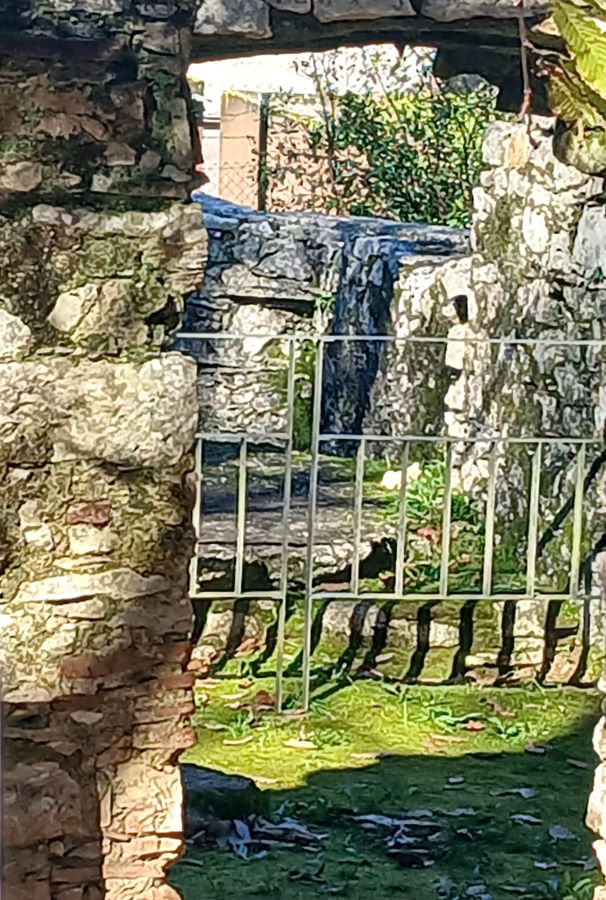
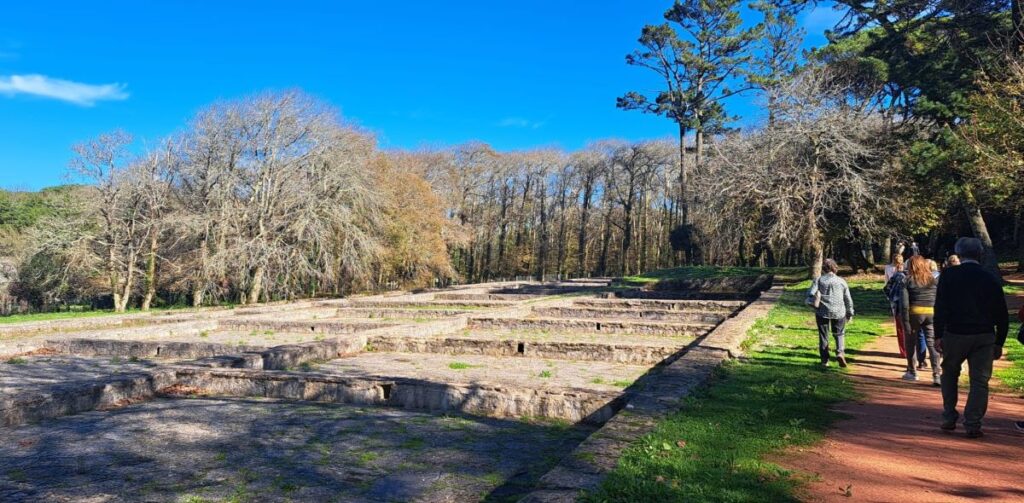
The other area is dedicated to the storage, conservation, preparation and packaging of ice ready to be loaded onto the backs of transport animals.
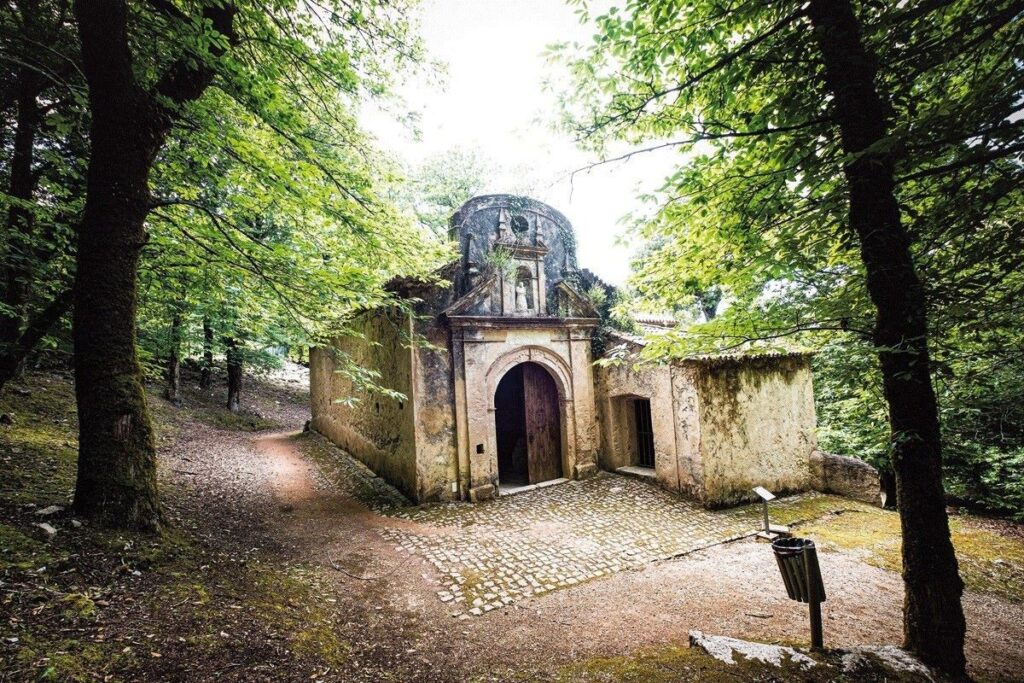
The silo building, where the sheets of ice transported here were stored, and where they remained during the winter. There was a central circular silo, 9 metres deep and 7 metres in diameter, at the bottom of which you can see the parallelepipeds that supported the wooden platform on which the ice was placed. The other two smaller rectangular silos faced east and west.
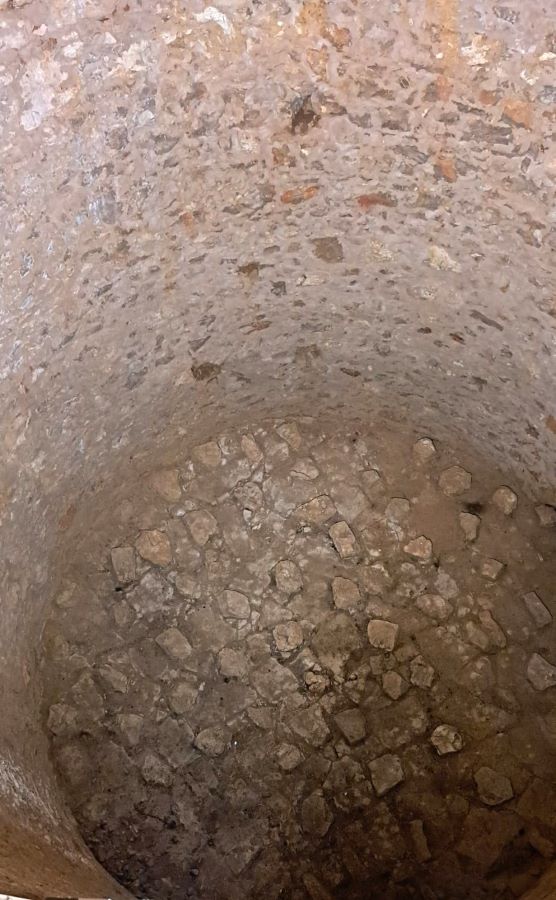
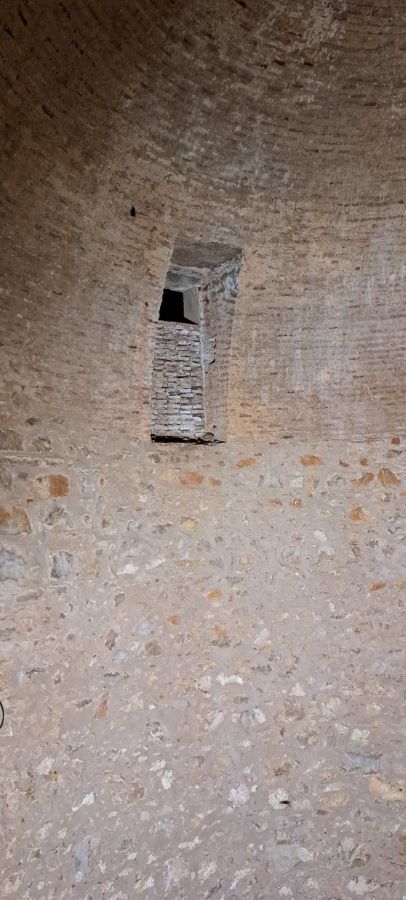
The Royal Ice Factory supplied the Court and downtown Lisbon with ice during the 18th and 19th centuries. With the arrival of summer, the blocks of ice were compacted, cut and wrapped in straw, hay and burlap, and travelled down the mountain towards the Court on the backs of animals. The rest of the journey was made in ox carts to the banks of the Tagus and the last few kilometres were made by boat – the ‘snow boats’ – to Lisbon.
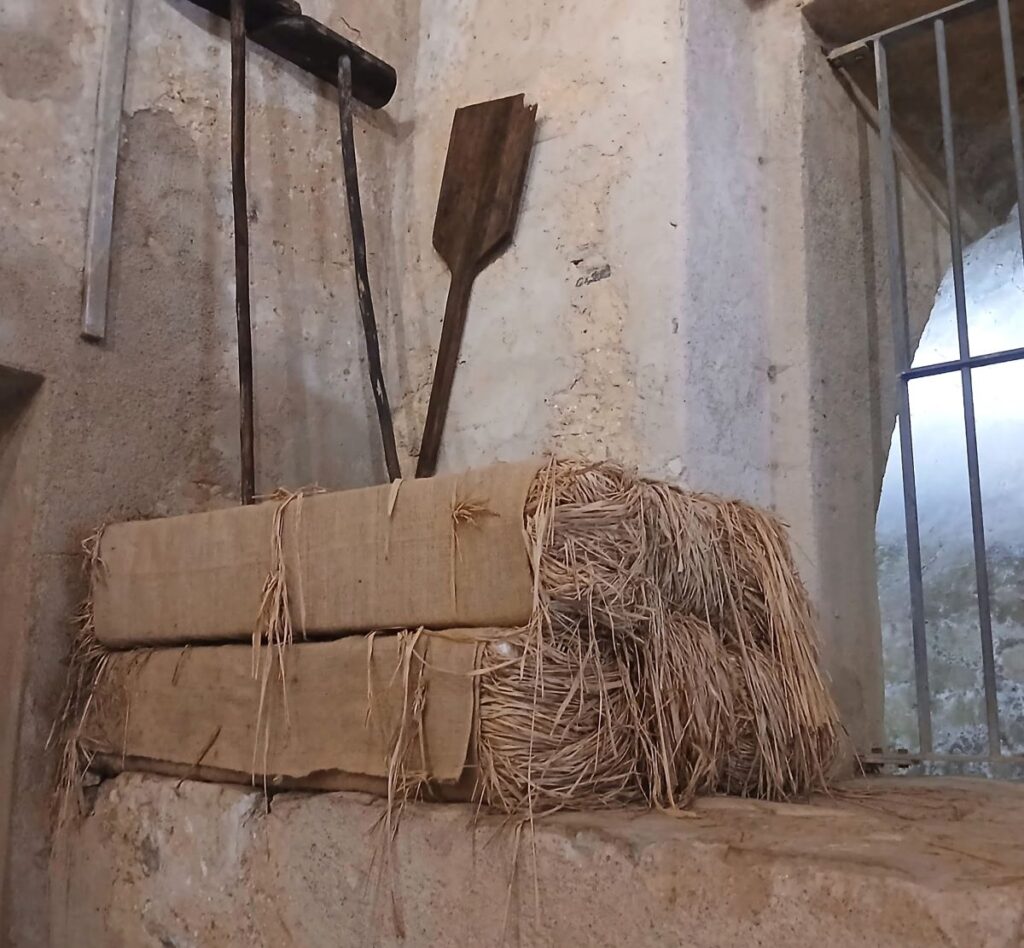
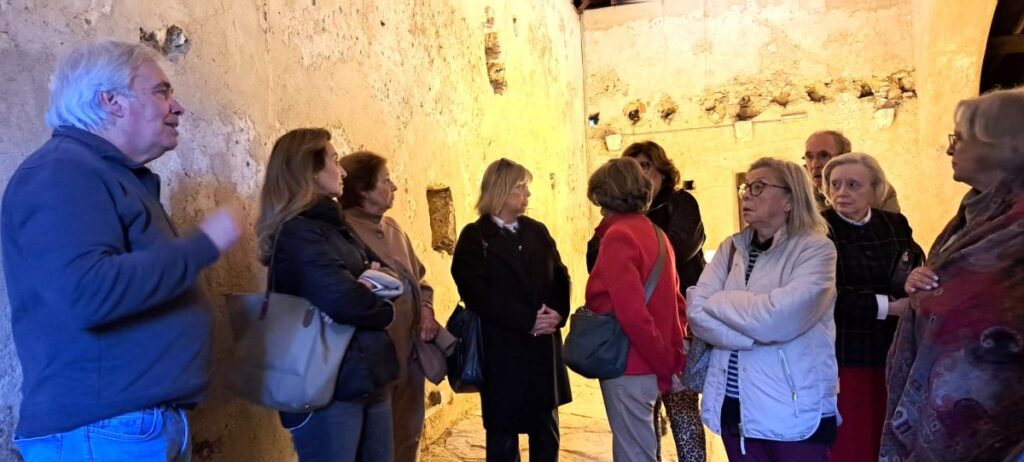
The dense walls associated with the location of the building, with no exposure to sunlight and in the midst of dense vegetation, created the ideal temperature and humidity conditions for the preservation of ice.
After lunch at Quinta do Castro, we visited the Convent of St Anthony of Varatojo.
The Varatojo Convent is a former Franciscan monastery founded by King Afonso V of Portugal in 1470, in fulfilment of a promise he had made to Saint Anthony, asking for help in the North African campaigns. The architecture has elements of various styles: Gothic, Manueline, Mannerist and Baroque.
The Gothic-style cloister has two floors with an ogival arcade. There is a beautiful Manueline portico, decorated with large finials and access to the Chapter House and Church. The first floor has broken arches over columns and a painted ceiling with the motto of King Afonso V.
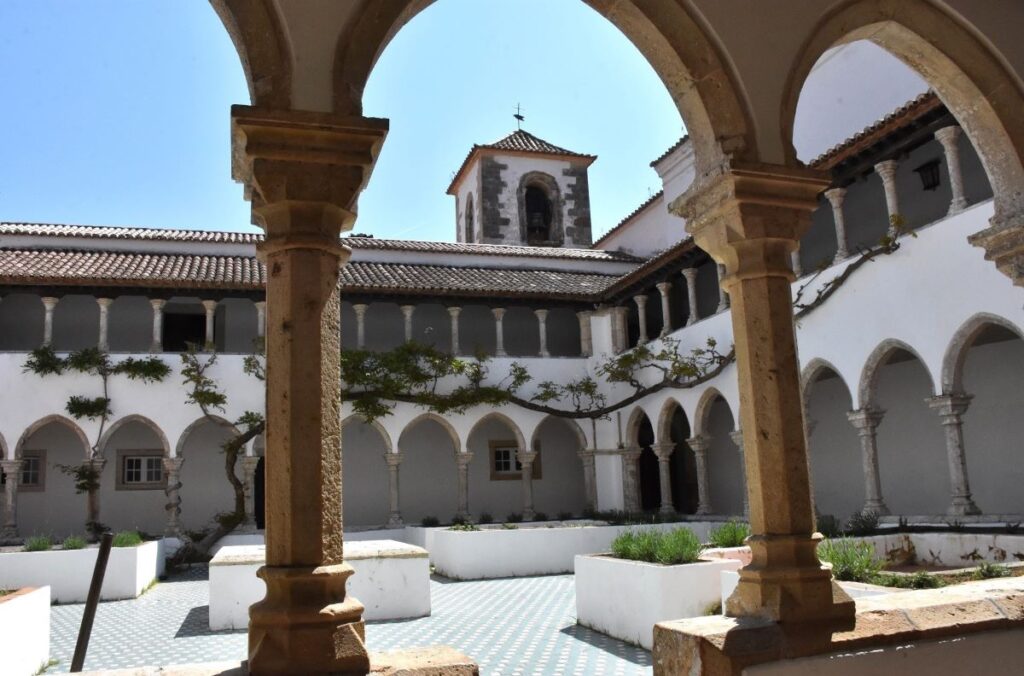
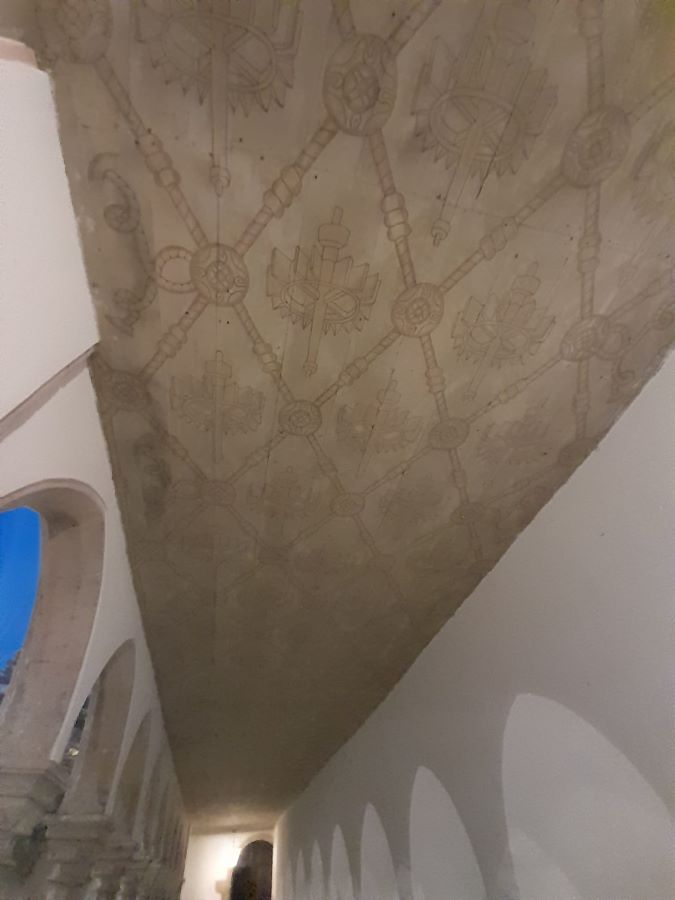
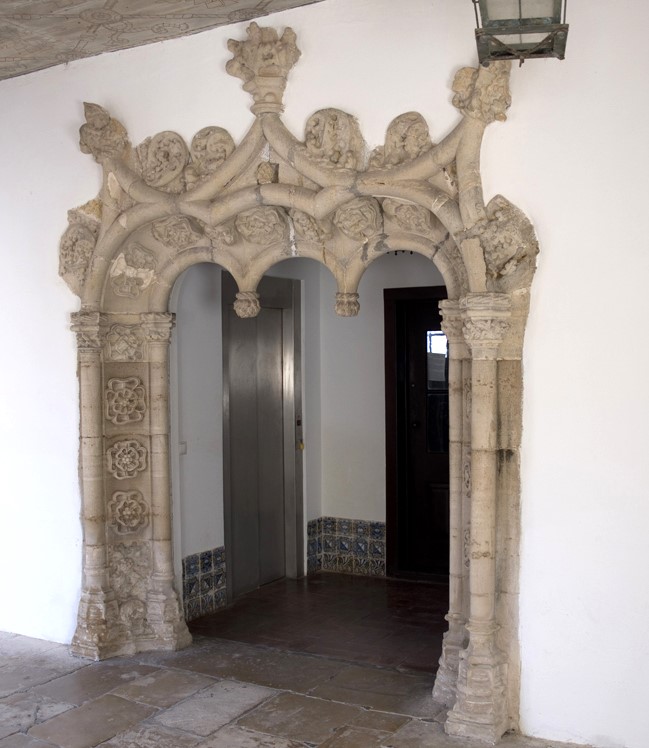
The chancel stands out for its 18th-century tile paintings depicting the life of St Anthony and the 16th-century Mannerist paintings on boards depicting the Annunciation of the Angel to Our Lady, the Adoration of the Shepherds, the Adoration of the Magi and the Apparition of the Risen Christ to his Mother. In the centre is a canvas by Bacarelli depicting St Anthony before the Virgin who gives him the Child.
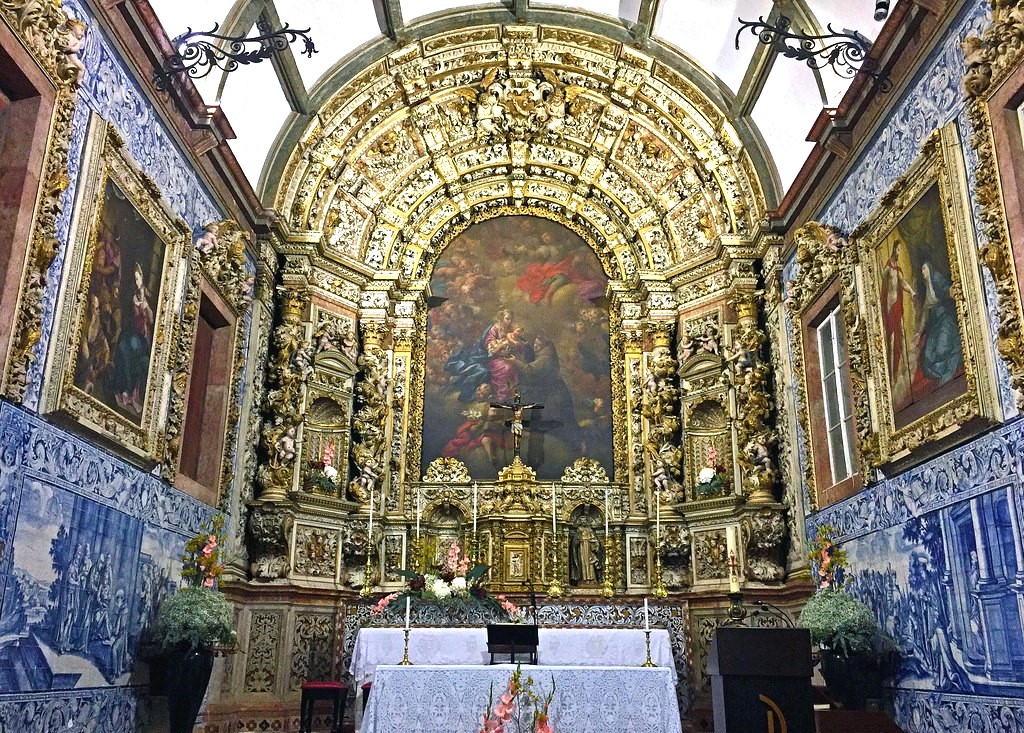
Sacristy with 18th century tiles, with allegorical scenes inspired by the engravings in two of the most popular and widespread books of ascetic emblems from the 17th century. They are compositions that allude to the process of Christian perfection or to the trials that the human heart undergoes in order to achieve detachment from material matters and conversion to God.
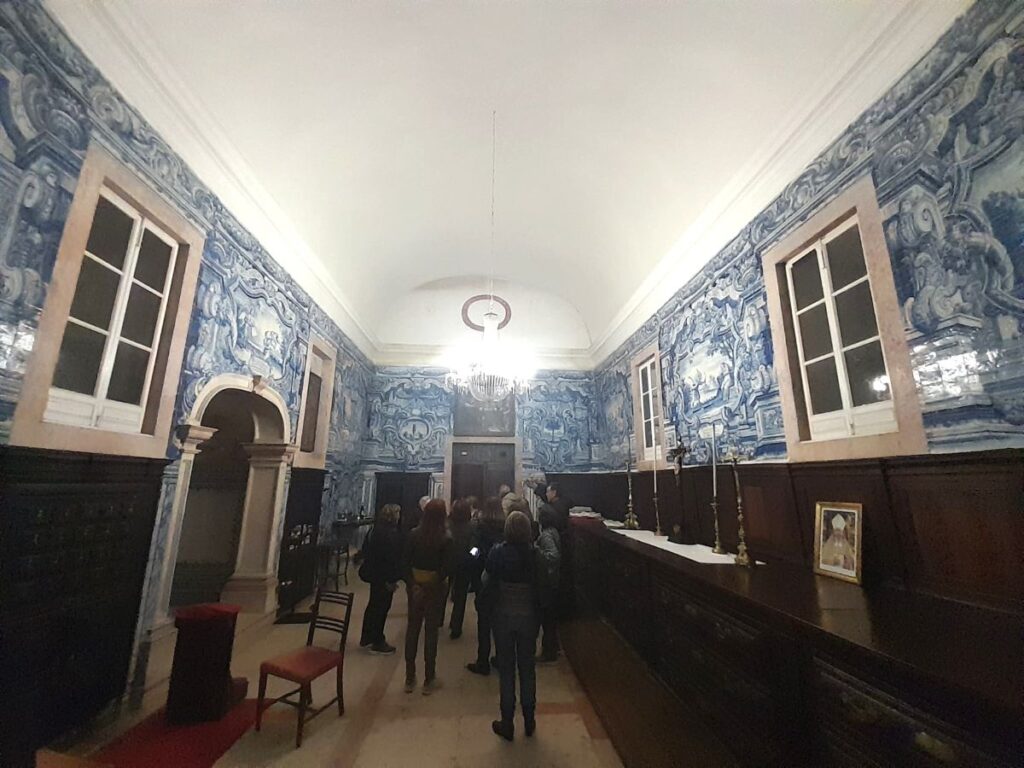
The unique richness of the Baroque carved altarpiece in white and gold, flanked by four Solomonic columns.
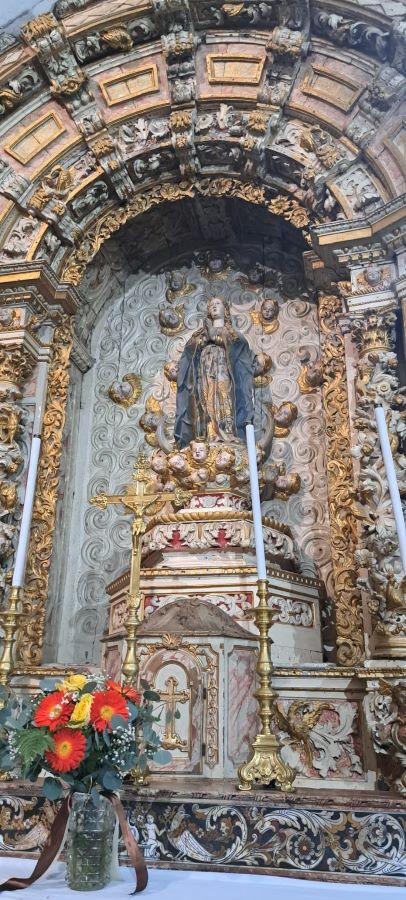
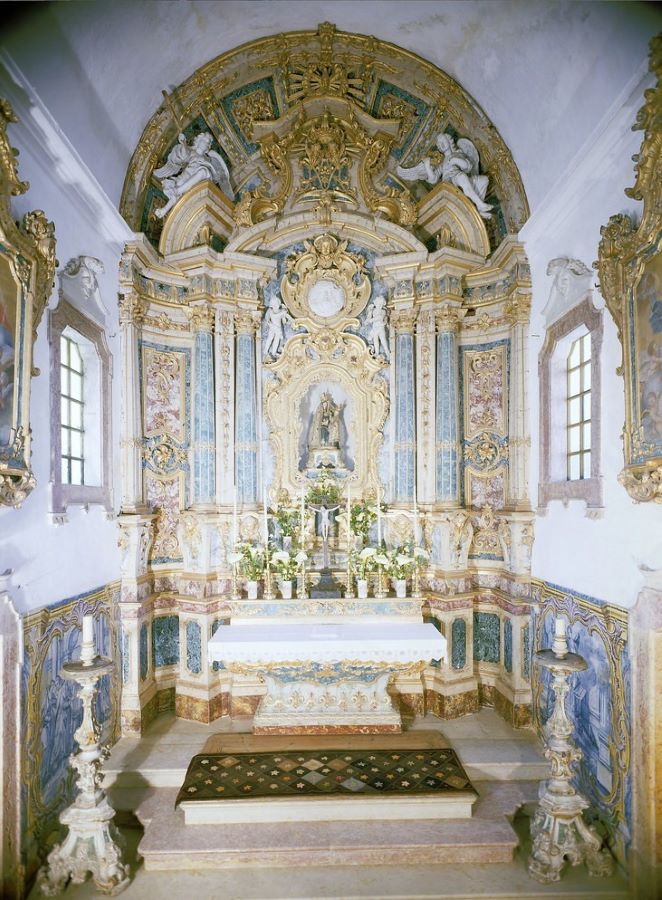
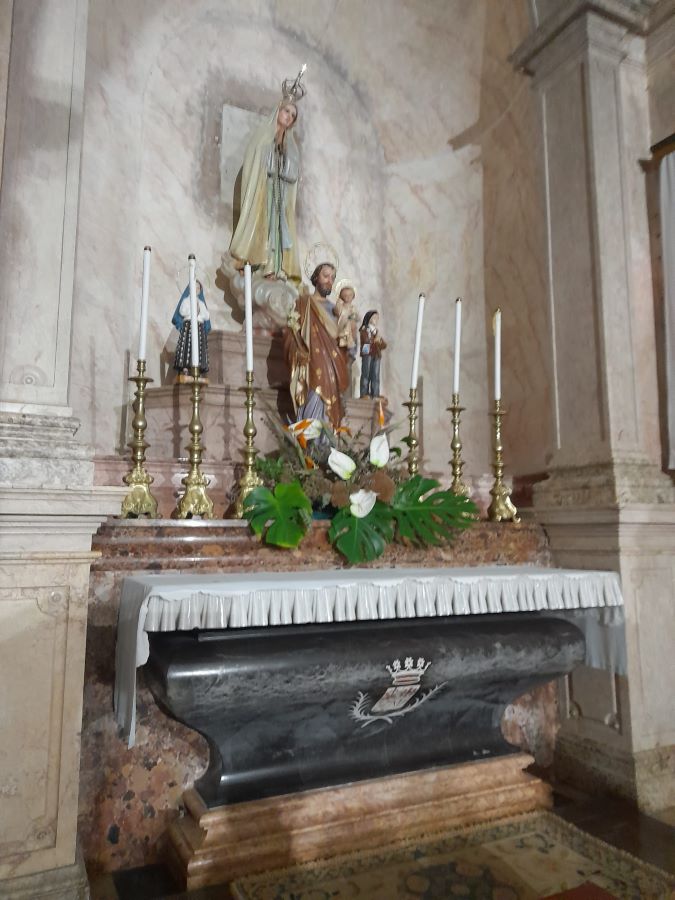
In the entrance hall, the Gothic portico of the convent’s original church stands out, flanked by the royal coat of arms and the motto of King Afonso V. Also noteworthy is the surprisingly Moorish-decorated ceiling of the gatehouse. Also noteworthy is the small Gothic window in King Afonso V’s chambers, on the corner of the building, from where the King distributed alms to the poor.
